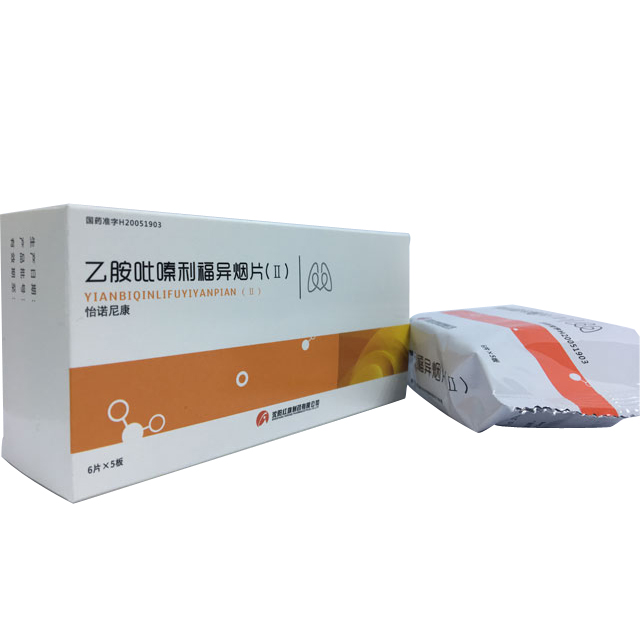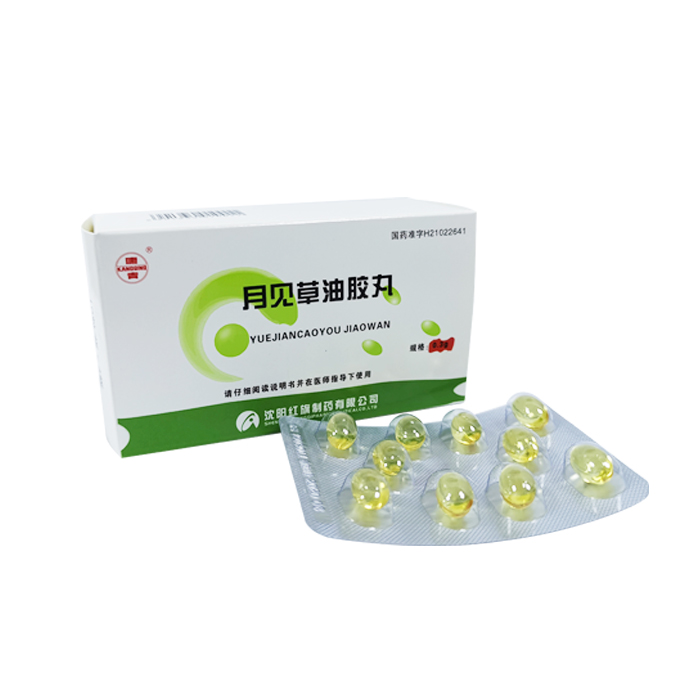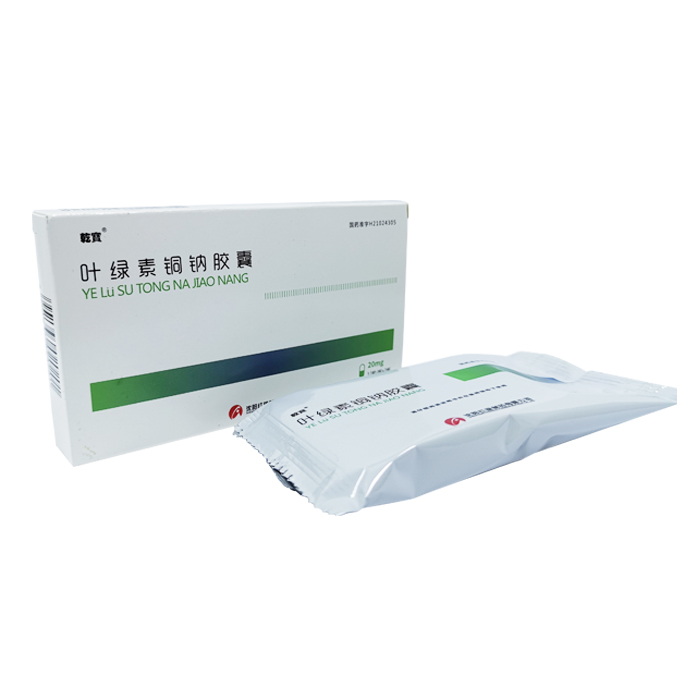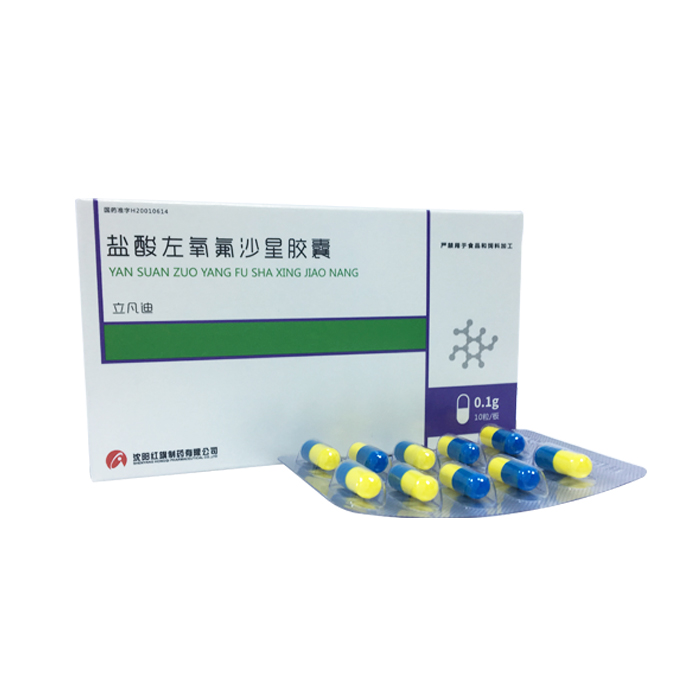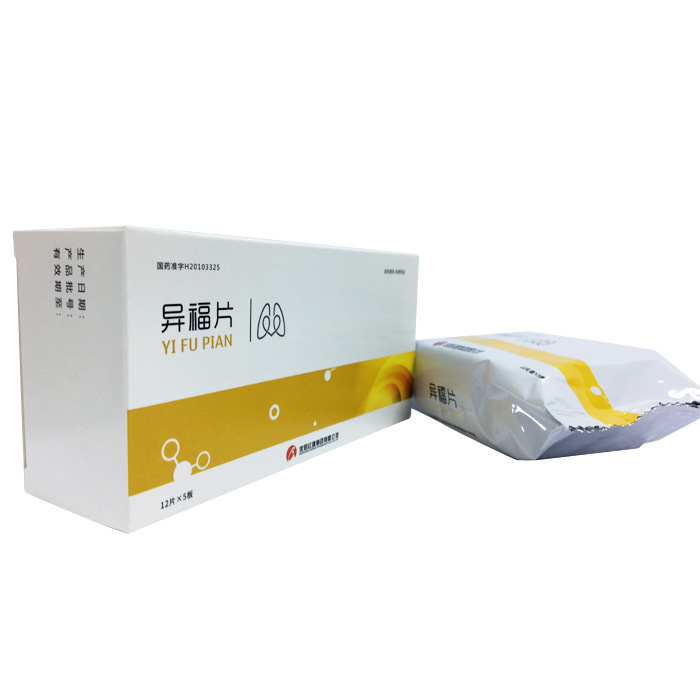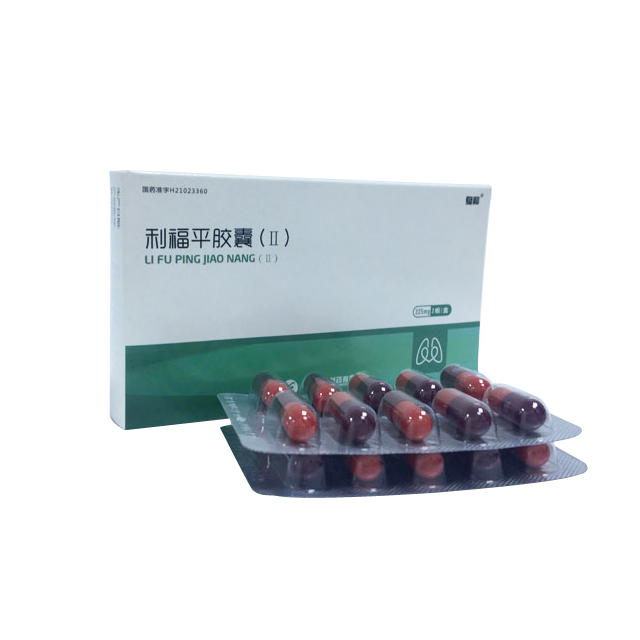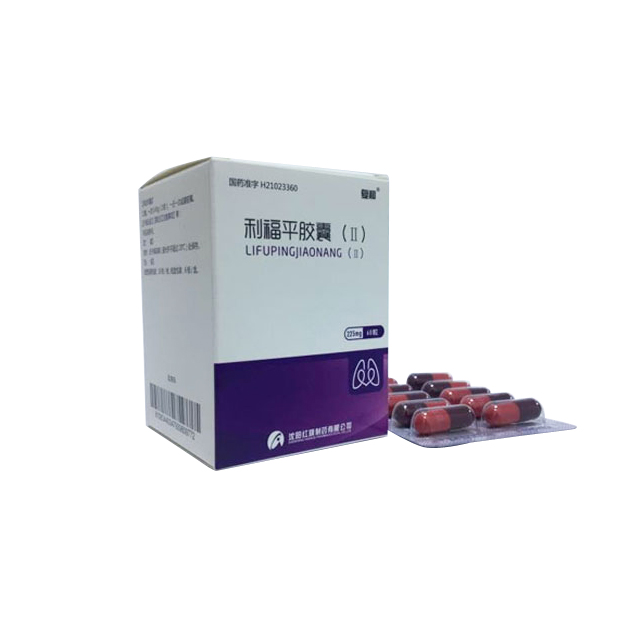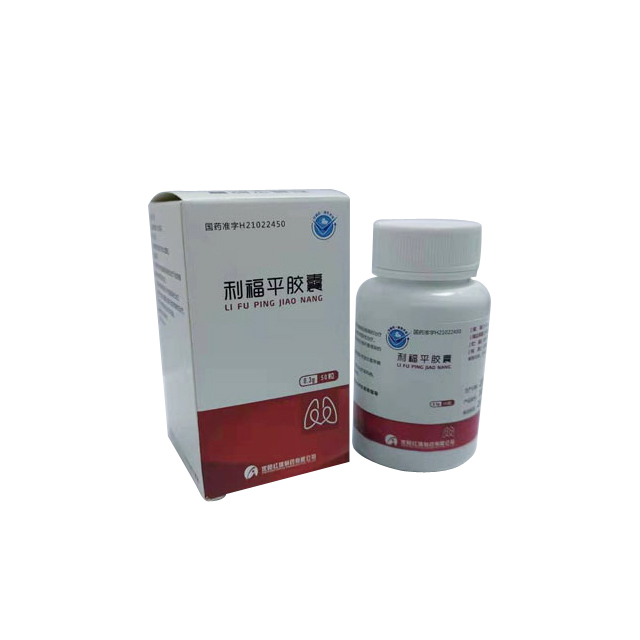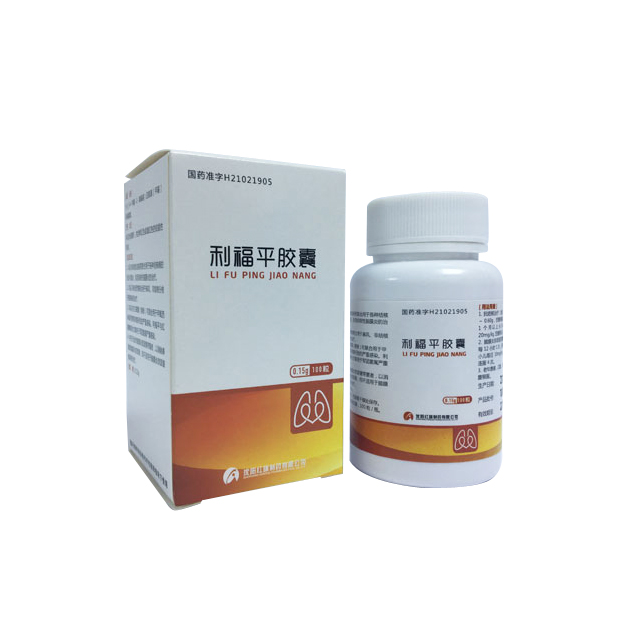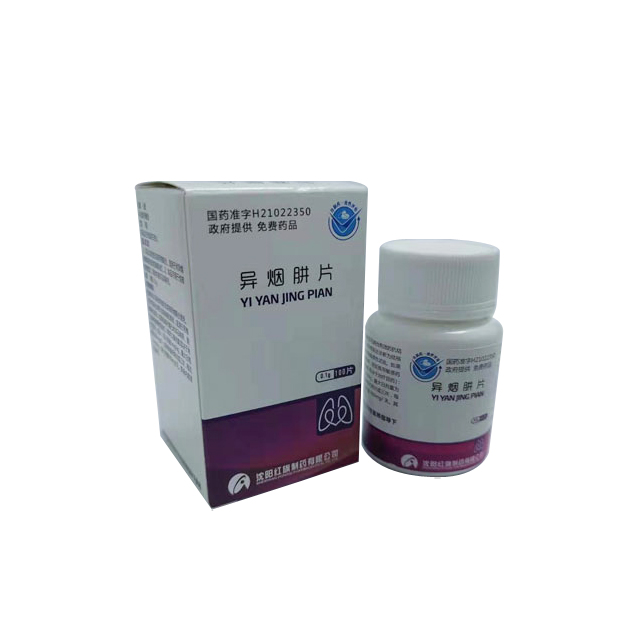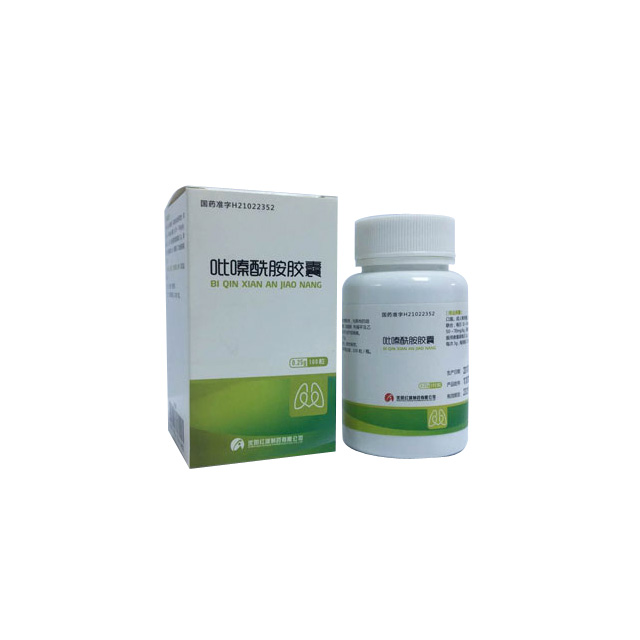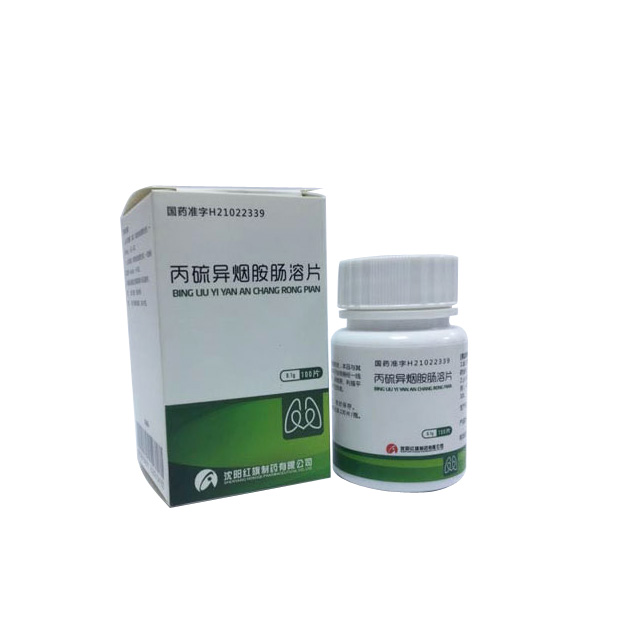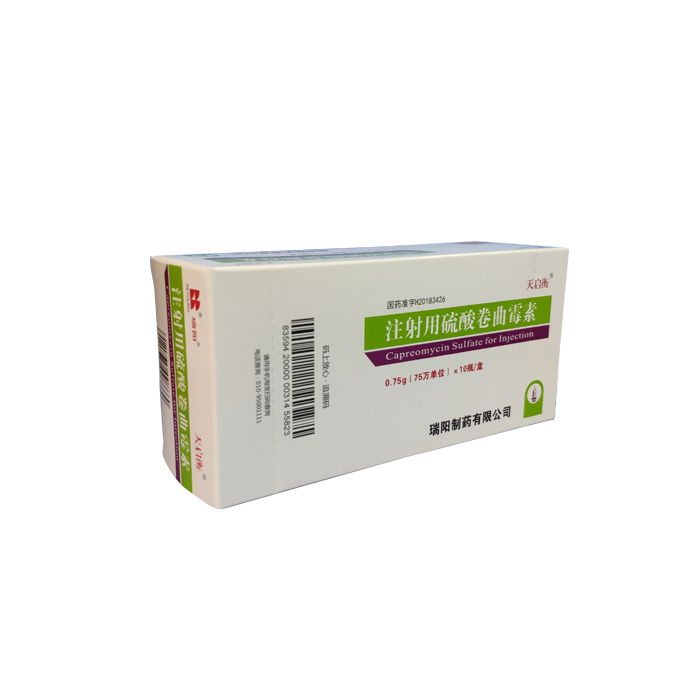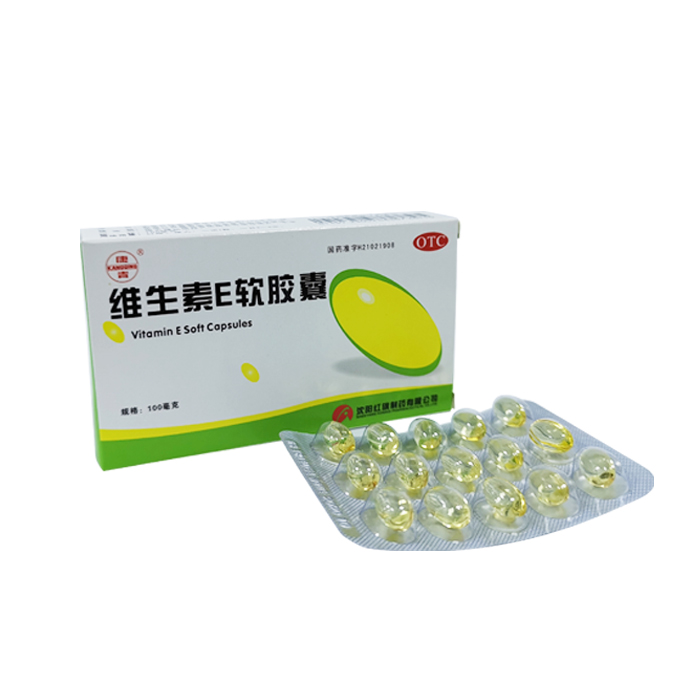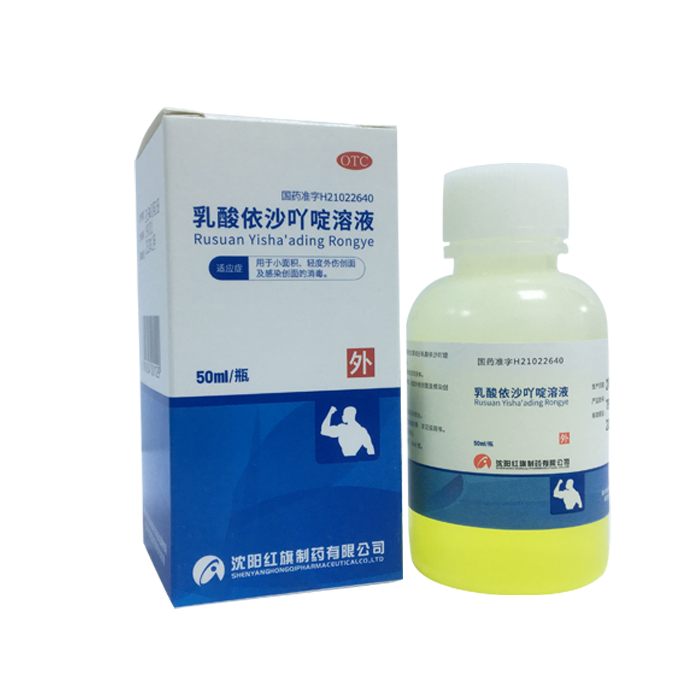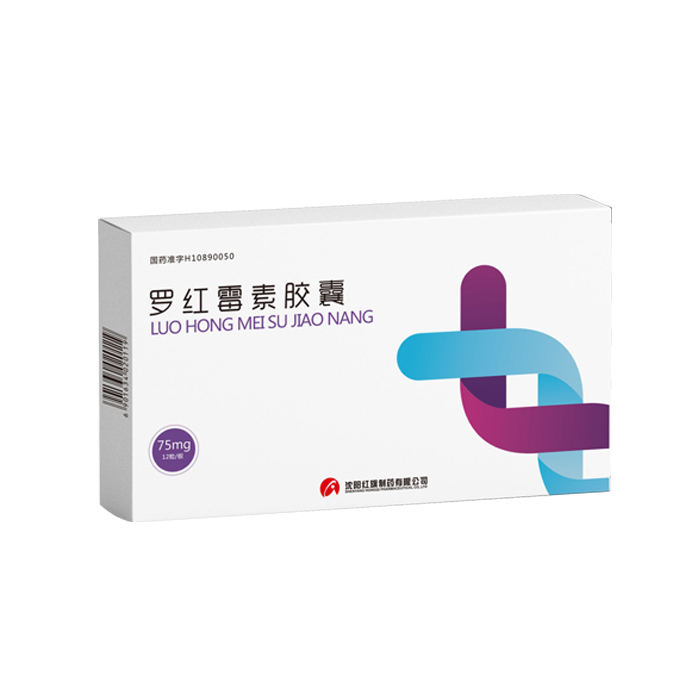
Number of views:
1000
Gentamycin Sulfate and Bismuth Subcarbonate Capsules
Retail price
0.0
元
Market price
0.0
元
Number of views:
1000
Product serial number
Quantity
-
+
Stock:
Category
1
Product description
Parameters
Instructions for Gentamicin Sulfate Bismuth Carbonate Capsules
Please read the instructions carefully and use under the guidance of a doctor

【Drug Name】
Generic name: Gentamicin Sulfate Bismuth Carbonate Capsules
English name: Gentamycin Sulfate and Bismuth Subcarbonate Capsules
Chinese Pinyin: LiusuanQingdameisu Tansuanbi Jiaonang
【Ingredients】
This product is a compound preparation, and its components are: each capsule contains gentamicin sulfate (calculated as gentamicin) 0.04g (40,000 units) and 0.6g bismuth subcarbonate.
【Properties】
The content of this product is white to slightly yellowish powder or granules.
【Indications】
For chronic ulcerative enteritis, dysentery, acute enteritis.
【specification】
Gentamicin sulfate 40mg, bismuth subcarbonate 0.6g.
【Dosage】
oral.
Adults take 2 to 3 capsules at a time, 3 times a day; children take 1 capsule at a time, 3 times a day. For continuous medication, one treatment
The journey should not exceed 10 days.
【Adverse reactions】
1. Nausea, loss of appetite, vomiting, abdominal distension and other gastrointestinal symptoms, skin rashes, and elevated serum aminotransferase are rare.
2. Occasionally, hearing loss, tinnitus or fullness of the ears (ototoxicity), hematuria, significant reduction in the frequency of urination or decreased urine output, loss of appetite, extreme thirst (renal toxicity), unsteady walking, dizziness (ototoxicity) Vestibule), dyspnea, lethargy, extreme weakness (nerve-muscle block).
3. Long-term use of large doses can cause constipation, alkalemia and malabsorption syndrome.
【Taboo】
People who are allergic to this product or other aminoglycoside antibiotics should not be used.
【Precautions】
1. Use with caution in patients with dehydration, 8th brain nerve damage, myasthenia gravis, Parkinson's disease, and renal impairment.
2. Patients who are allergic to other aminoglycoside antibiotics such as streptomycin and amikacin may also be allergic to this product.
3. Bacteria that are resistant to other aminoglycoside antibiotics such as tobramycin and sisomicin are also likely to be resistant to this product.
4. Patients with chronic intestinal infection who have taken this product for a long time or in large doses should pay attention to the possibility of nephrotoxicity or ototoxicity.
5. Long-term or high-dose use of this product should be carried out on a regular basis urine routine, renal function, hearing test or audiogram determination.
6. Long-term use of this product may cause disorders of intestinal flora.
[Medicine for pregnant and lactating women]
Since the absorbed part of this product can enter the fetal circulation through the placenta, pregnant women should use it with caution. Breastfeeding should be suspended during breastfeeding women.
【Children's Medication】
Because this product has potential ototoxicity and nephrotoxicity, it should be used with caution in children.
【Medications for the Elderly】
Because this product has potential ototoxicity and nephrotoxicity, it should be used with caution in elderly patients.
【medicine interactions】
1. Combining with other aminoglycosides or successively applying them can increase the possibility of ototoxicity, nephrotoxicity and neuromuscular blockade. Combined with neuromuscular blockers, it can aggravate neuromuscular blockade.
2. Combination or continuous application with capreomycin, cisplatin, etanic acid, furosemide or vancomycin can increase the possibility of ototoxicity and nephrotoxicity.
3. Combination with cephalothin may increase nephrotoxicity.
4. Combination or continuous application with polymyxins can increase nephrotoxicity and neuromuscular blockade.
5. Other nephrotoxic and ototoxic drugs should not be combined with this product or applied consecutively, so as not to aggravate nephrotoxicity or ototoxicity.
6. With large doses of anti-pseudomonas penicillium fungi (carbenicillin, ticarcillin, mezlocillin, azlocillin, piperacillin), gentamicin can be inactivated and should be administered separately.
【Overdose】
uncertain.
【Pharmacology and Toxicology】
Gentamicin sulfate is an aminoglycoside drug. It has a good antibacterial effect on various gram-negative bacteria and gram-positive bacteria. It has a good antibacterial effect on various Enterobacteriaceae such as Escherichia coli, Klebsiella, and Pseudomonas Bacillus, Salmonella, Shigella, Enterobacter, Serratia and Pseudomonas aeruginosa have good effects. Neisseria and Haemophilus influenzae are moderately sensitive to this product. It also has a certain effect on Brucella, Yersinia pestis, Acinetobacter and Campylobacter fetus. About 80% of methicillin-sensitive strains in Staphylococcus (including Staphylococcus aureus and coagulase-negative staphylococci) have good antibacterial effects, but most methicillin-resistant strains are resistant to this product. The effect on Streptococcus and Streptococcus pneumoniae is poor, and most of Enterococcus is resistant to this product. When this product is used in combination with β-lactams, most of them can obtain a synergistic antibacterial effect. Its mechanism of action is to bind to the 30S subunit of the bacterial ribosome and inhibit the synthesis of bacterial protein. In recent years, gram-negative bacilli have significantly increased resistance to gentamicin.
Bismuth subcarbonate can play a protective antacid and astringent effect in the gastrointestinal mucosa. It can achieve antidiarrheal effect by reducing intestinal irritation and prevent excessive dehydration and imbalance of water and salt metabolism.
【Pharmacokinetics】
Gentamicin sulfate is rarely absorbed after oral administration, reaches a high concentration in the gastrointestinal tract, and is mainly excreted in the feces in its original form. In the acute stage of dysentery or extensive intestinal inflammatory or ulcerative lesions, oral absorption may increase. The absorbed part of this product rarely binds to serum proteins and is mainly distributed in the extracellular fluid. It can also enter the fetal circulation through the placenta, but it is not easy to penetrate the blood-cerebrospinal fluid barrier and is not metabolized in the body. It is mainly discharged through glomerular filtration. . Bismuth subcarbonate is absorbed by oral administration only in a small amount, not metabolized, and excreted with feces.
【Storage】
Shade, seal, and store in a dry place.
【package】
(1) Aluminum-plastic blister packaging, 10 capsules/plate; carton packaging, 1 plate/box.
(2) Aluminum-plastic blister packaging, 12 tablets/plate; carton packaging, 1 plate/box.
【Validity Period】
24 months
【Executive Standard】
State Food and Drug Administration National Drug Standard WS-10001-(HD-0525)-2002-2007
【Approval number】
National Medicine Standard H21023412
【manufacturer】
Company Name: Shenyang Hongqi Pharmaceutical Co., Ltd.
Production address: No. 6, Xinluo Street, Hunnan New District, Shenyang City
Postal Code: 110179
Phone number: (024) 23786260 23786261
Fax number: (024) 23786263
Website: www.hongqipharma.com
Scan the QR code to read on your phone
Scan the QR code to read on your phone
Previous
Roxithromycin Capsules
相关产品


Copyright hongqipharma.com All rights reserved Powered by:300.cn Shenyang 辽icp备12005917号-1 (辽)-非经营性-2018-0012
Add:Shenyang Hunnan New District envelope 6th Street Tel:024-23786268-8012 Fax:024-23786263



